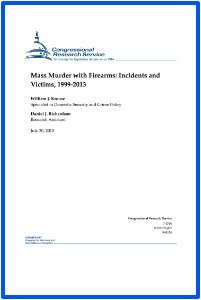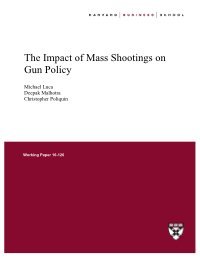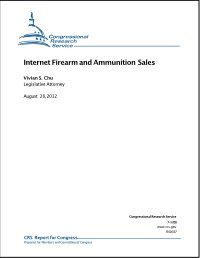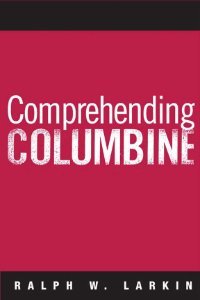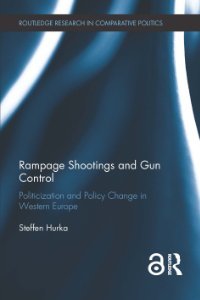By Mary Ellen O'Toole
This paper presents a systematic procedure for threat assessment and intervention of school shooters. The model is designed to be used by educators, mental-health professionals, and law-enforcement agencies and is intended to help refine and strengthen the efforts of the National Center for the Analysis of Violent Crime. Its fundamental building blocks are its threat-assessment standards, which provide a framework for evaluating a spoken, written, and symbolic threat, along with a four-pronged assessment approach, which looks at the personality of the student, the student's family dynamics, the school dynamics, the student's role in those dynamics, and social dynamics. The model is not a profile of the school shooter or a checklist of danger signs pointing to the next adolescent who will bring lethal violence to a school. It discusses misinformation about school shootings; how to assess a threat, including motivations; types of threats; factors in threat assessment; and levels of risk. The document cautions that one or two traits or characteristics should not be considered in isolation or given more weight than the others. The text outlines the intervention process and closes with a number of recommendations. Four appendices list methodologies used in the report, suggested readings, and other information. (RJM)
Quantico, VA: Critical Incident Response Group (CIRG), National Center for the Analysis of Violent Crime (NCAVC), FBI Academy , 1999. 52p.






